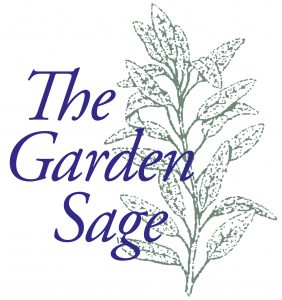Text by Michael Leach; photos by Teresa Woodard
The past-tense season is here. More plants in my garden are past their prime than coming into it.
However, the future tense promises abundant color for me, as perhaps for you. Autumn is a spectacle. Ironweed is beginning to  flower. Golden rod is not far behind. Buds are plumping up on asters and hardy mums. With luck, Monarchs will add even more visual pizzaz when the crabapples have turned burgundy, crimson and orange. That’s about the same time the flowers of autumn crocus and colchicum suddenly appear over night and the unimpressive flowers on the beautyberry or callicarpa become small fruit that look like clusters of lavender pearls. (Please share your fall favorites that flourish in your Midwest garden.)
flower. Golden rod is not far behind. Buds are plumping up on asters and hardy mums. With luck, Monarchs will add even more visual pizzaz when the crabapples have turned burgundy, crimson and orange. That’s about the same time the flowers of autumn crocus and colchicum suddenly appear over night and the unimpressive flowers on the beautyberry or callicarpa become small fruit that look like clusters of lavender pearls. (Please share your fall favorites that flourish in your Midwest garden.)
The future also brings the golden grandeur of ancient sugar maples on the front lawn. They are but one dab on the autumn palette of tree and shrub color. Breathtaking autumn is the finale of growing season, which is always too short and delicious for me to release without a sigh or two.
When winter becomes the present tense we enter the hospital-waiting-room of seasons — time stands still (maybe runs backward), as the gray gloom plods imperceptibly toward spring.
Shudder as we might at that thought, gardeners spend little time looking over shoulders, being wistful about what was.
 Why? Garden is both verb and noun.
Why? Garden is both verb and noun.
This makes gardeners action people, busy in the present with an eye toward the future. We rarely stop considering ways to make our little Edens more beautiful. This will ensure the present tense, whatever the season, is lovely.
We deliberately cultivate signs of hope in the garden. Where there is hope there is life.
